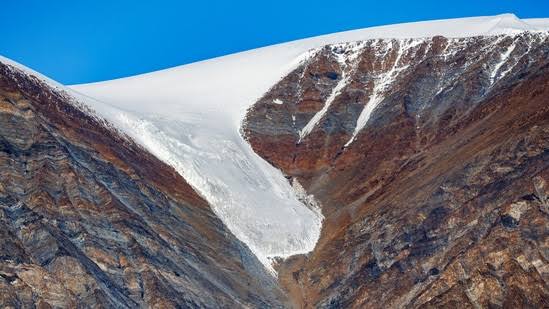A new study has found that a massive landslide in east Greenland last September triggered a mega-tsunami, causing the Earth to vibrate for nine days.
The collapse of a 1.2 km-high mountain peak above Dickson Fjord sent water splashing back and forth in the fjord below. These movements generated vibrations that reached deep into the Earth’s crust, a phenomenon that surprised scientists.
According to researchers, the landslide occurred because the glacier at the mountain’s base had thinned, a consequence of climate change. Dr. Stephen Hicks, a co-author of the study from University College London (UCL), expressed the team’s astonishment, saying, “This is the first time we’ve ever recorded water sloshing as vibrations through the Earth’s crust, and it lasted for days.”
While it’s common for seismometers to pick up various movements on Earth’s surface, such a long-lasting, global seismic wave caused by water movements had never been observed before. Dr. Hicks highlighted how the event demonstrates the close connection between climate change, glacier instability, water body movements, and the Earth’s solid crust.
To understand how the water continued splashing for nine days, researchers used a mathematical model to recreate the landslide’s angle. They discovered that the water splashed back and forth every 90 seconds, sending seismic waves through the Earth and contributing to one of the largest tsunamis in recent history.
The wave initially extended 10 km across the fjord and reached heights of 110 meters, though it quickly reduced to about 7 meters within minutes. The findings, published in Science magazine, offer new insights into the powerful effects of climate change and natural disasters.











